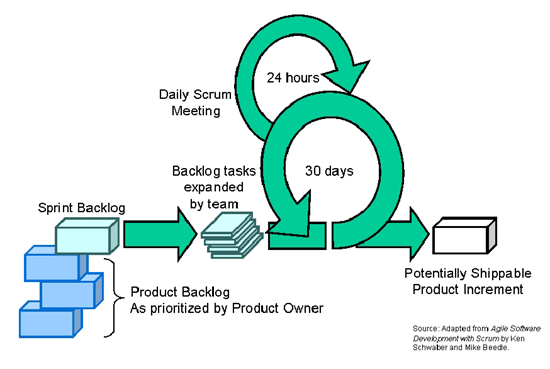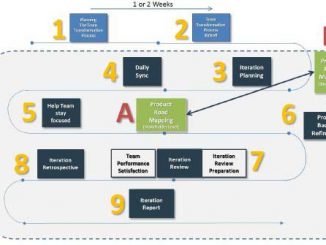Articles and videos on creating and managing cross-functional Scrum teams: scrum master, product owner and development team.
This is not a talk about Scrum teams. This is a talk about you and your role in developing a great team. No matter whether you are a Scrum Master, Project Manager or CTO, at least part of your job is to help your team or teams grow. In order to make this happen you need to work on two levels: The Zen Level and The Operational Level.
At the beginning of his book, Allan Kelly describes Xanpan as both a method and a philosophy, his philosophy on how software is, or should be, created, and how Agile works, or should work. If Xanpan is basically a mix of XP (eXtreme programming) and Kanban, it contains ideas and techniques of other Agile and Lean approaches, focusing on how teams should work together to deliver better software and value.
This presentation uncovers a number of key principles and useful tools to help you better skills as a geek who leads Agile and Scrum teams. The most challenging aspects to software development are always the people issues. Picking the right data structures, finding the right testing approaches are simple compared to building an effective software team.
Building great teams isn’t just something that managers do alone, with spreadsheets and workflows and process documents. Great teams come from the participation of the group to push the team there. This presentation discusses how you can think about your role in creating a high-performance team, whatever your job title is.
The Manifesto for Agile Software Development says that you should prefer “Individuals and interactions over processes and tools”. But how do you hire the right people for your Scrum software development projects. In her article “Hiring for Agility – Mindset Matters in an Agile Organisation”, Nadia Smith suggests that you should look for more for Agility than Agile.
After presenting some basic retrospective techniques in the first part of this article, Jesus Mendez provides in the second part some additional techniques that focuses on the facilitating part of the Scrum sprint retrospectives.
As stated in the Agile Manifesto, Agile software development is about “Individuals and interactions”. The importance of having a performing team where individuals collaborate is an essential factor for the success of software development projects. In his “Forming Agile Teams Workbook”, Jesus Mendez provides some tools that offer an alternative-proven way to add more structure, transparency and visibility to formation of Agile teams.








